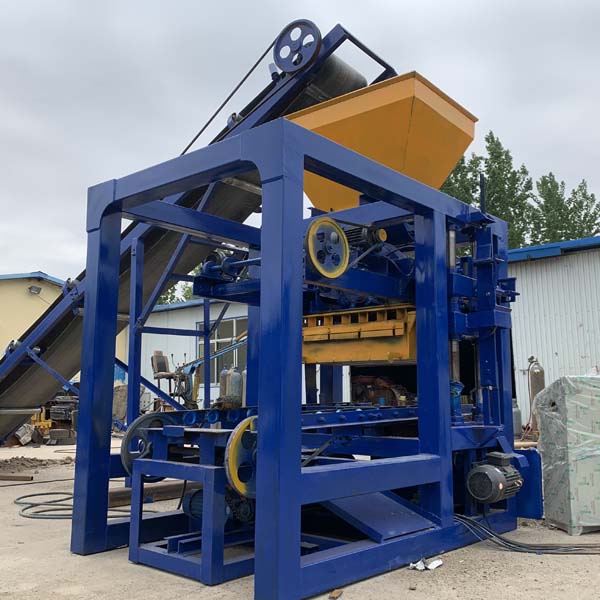
The construction industry stands at a crossroads, with the dual imperatives of improving efficiency and embracing sustainability becoming increasingly crucial.
In this pursuit, the latest advances in brick making machinery have emerged as a beacon of innovation, merging the realms of efficient production and environmentally conscious practices.
This essay explores the intersection of efficiency and sustainability within the context of brick manufacturing, delving into the cutting-edge technologies, benefits, challenges, and potential future directions that define this exciting evolution.
Technological Breakthroughs in Brick Making Machinery
The journey from traditional brick making techniques to the present landscape of state-of-the-art machinery has been a testament to human ingenuity.
Advanced brick making machinery today integrates a range of technologies, with computer-aided design (CAD) and computer-aided manufacturing (CAM) playing a pivotal role.
These technologies enable precise modeling and simulation of brick designs, streamlining the production process and reducing errors.
Furthermore, robotics and automation have become instrumental in brick manufacturing.
Automated systems handle tasks such as raw material preparation, molding, drying, and even packaging, optimizing production workflows.
Programmable logic controllers (PLCs) and sensors ensure consistent quality by regulating parameters like temperature, pressure, and curing time.
This level of automation not only enhances efficiency but also minimizes wastage and human error.
Benefits of Efficient Brick Making Machinery
The integration of efficiency-enhancing features in brick making machinery yields a multitude of benefits for the construction industry.
First and foremost, increased production speed translates to shorter project timelines.
In an industry where time equals money, efficient brick production enables construction projects to meet deadlines more reliably and respond to market demands promptly.
Moreover, streamlined processes reduce operational costs.
Automation reduces the need for extensive manual labor, mitigating labor shortages and their associated costs.
Additionally, the consistent quality of bricks produced by advanced machinery leads to enhanced structural integrity in buildings, promoting safety and durability.
This, in turn, reduces the frequency of maintenance and repairs, offering long-term economic advantages to both builders and property owners.
Sustainability in Brick Manufacturing
Sustainability has emerged as a paramount concern in construction, driven by the imperative to mitigate environmental impacts.
Modern brick making machinery has made substantial progress in aligning brick production with sustainable practices.
One of the key developments is the use of alternative and recycled materials.
Fly ash, a byproduct of coal combustion, and crushed construction waste are now commonly incorporated into brick formulations, reducing the demand for virgin resources.
Furthermore, energy-efficient kiln designs have revolutionized the firing process.
High-efficiency kilns consume less energy and emit fewer greenhouse gases, contributing to reduced carbon emissions and energy consumption.
Water recycling systems have also gained prominence, addressing the significant water requirements of brick manufacturing and minimizing the strain on local water resources.
Challenges and Future Prospects
While the advances in brick making machinery are promising, challenges still loom on the horizon.
Initial investment costs for advanced machinery and technology can be substantial, posing a barrier for smaller brick manufacturers.
Additionally, the transition to sustainable practices might require adjustments in supply chains and sourcing of alternative materials, potentially affecting costs and logistical considerations.
Looking ahead, the future of brick making machinery is ripe with possibilities.
The integration of smart technologies like the Internet of Things (IoT) could lead to predictive maintenance, where machines preemptively identify maintenance needs, reducing downtime.
Machine learning algorithms might optimize material formulations for both strength and sustainability, ensuring minimal waste and maximum resource efficiency.
The latest advances in brick making machinery have created a transformative paradigm where efficiency and sustainability converge.
As the construction industry continues to grapple with the challenges of meeting growing demands while minimizing environmental footprints, these machines offer a beacon of hope.
The seamless interplay of advanced technologies, streamlined processes, and sustainable practices paves the way for a future where buildings are not only constructed faster and more efficiently but also with a deep-rooted commitment to environmental responsibility.
As brick making machinery evolves further, it stands as a testament to human innovation and determination to build a better, greener world.
